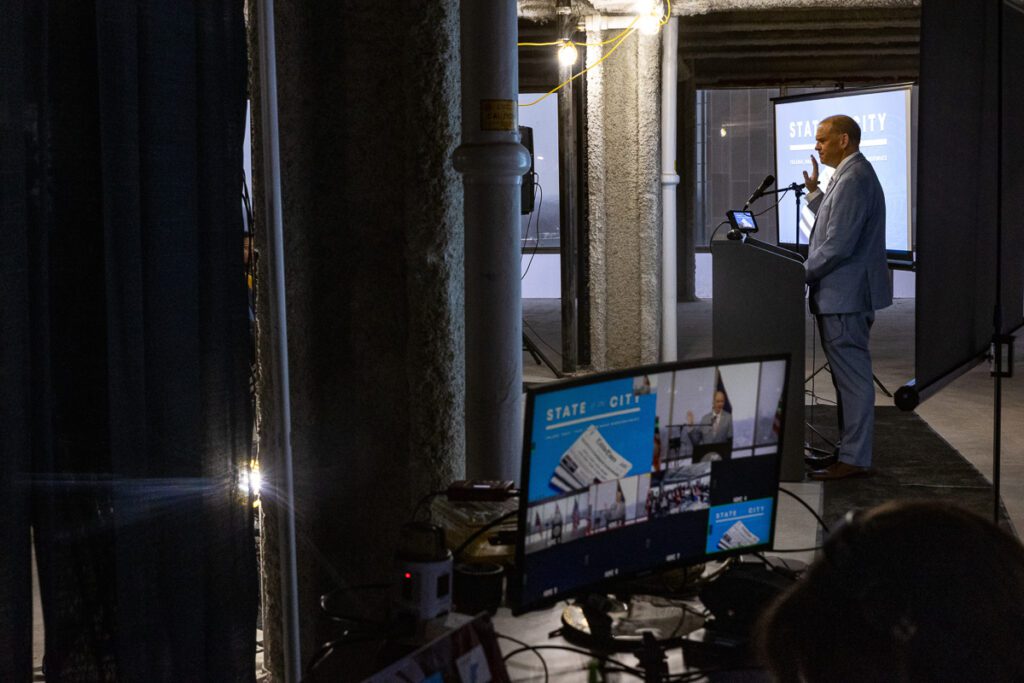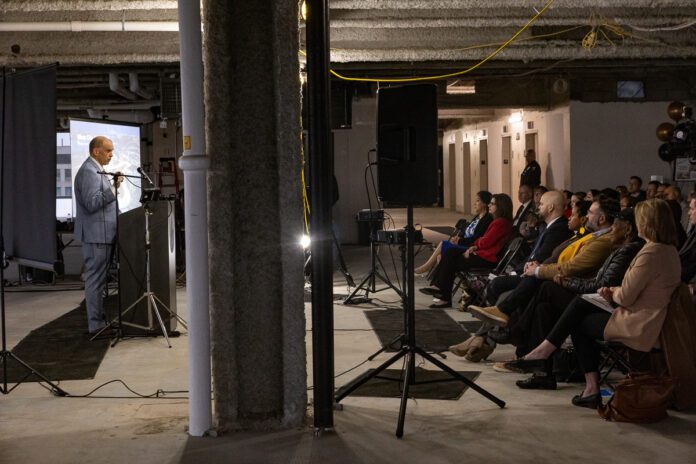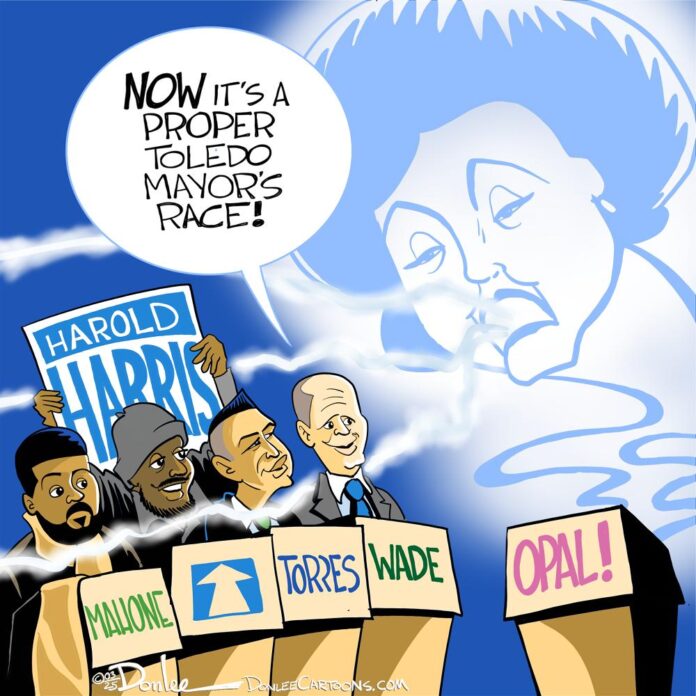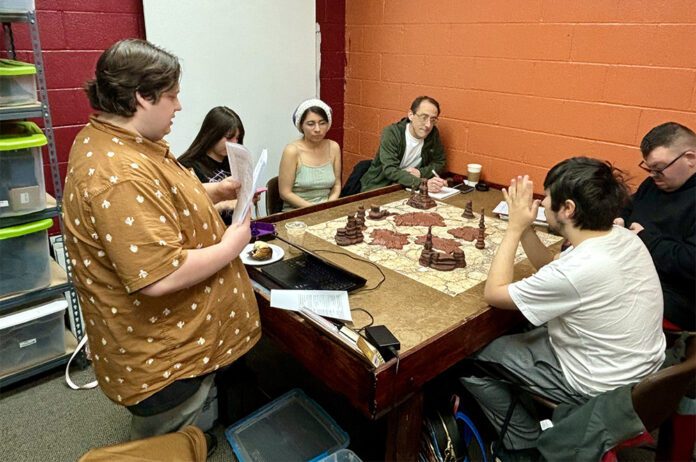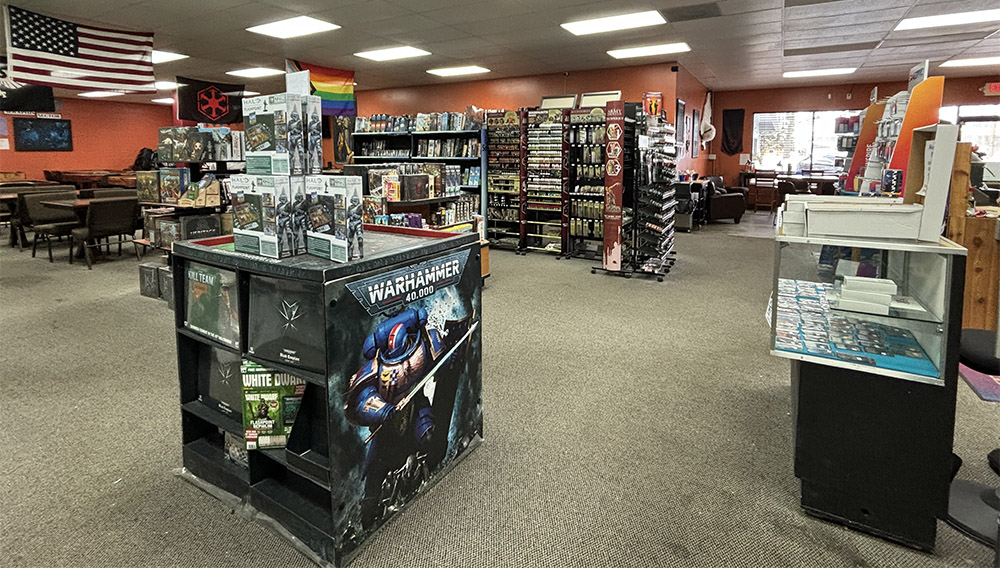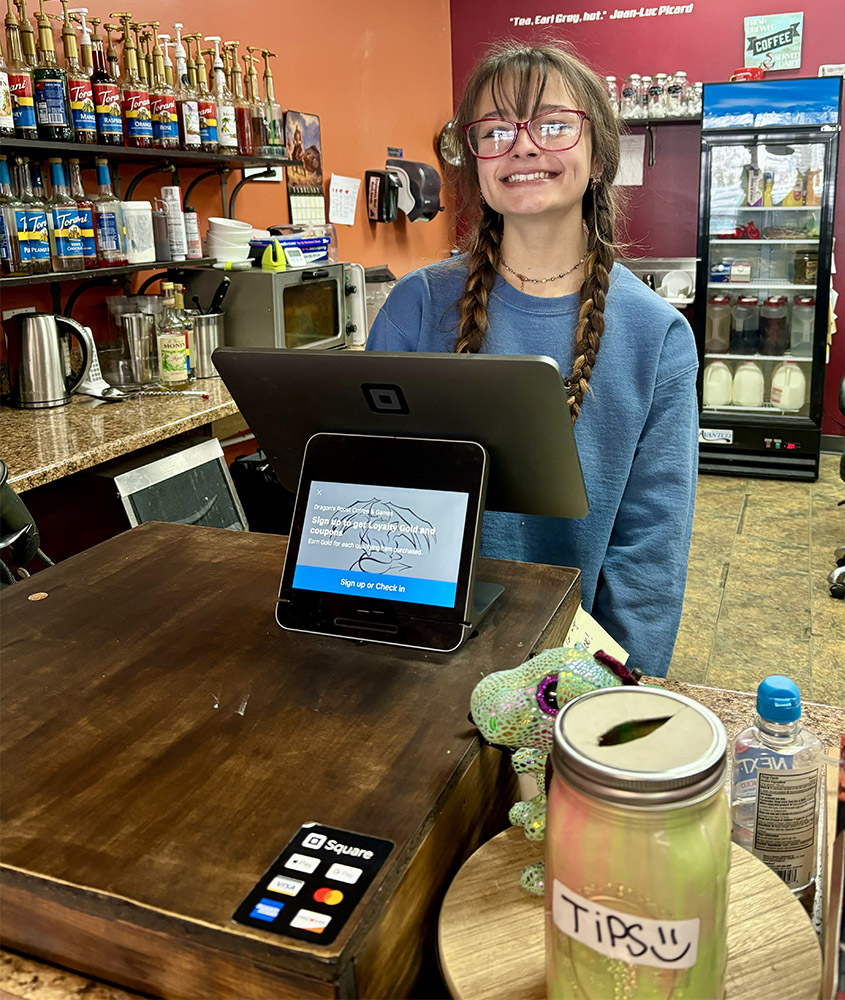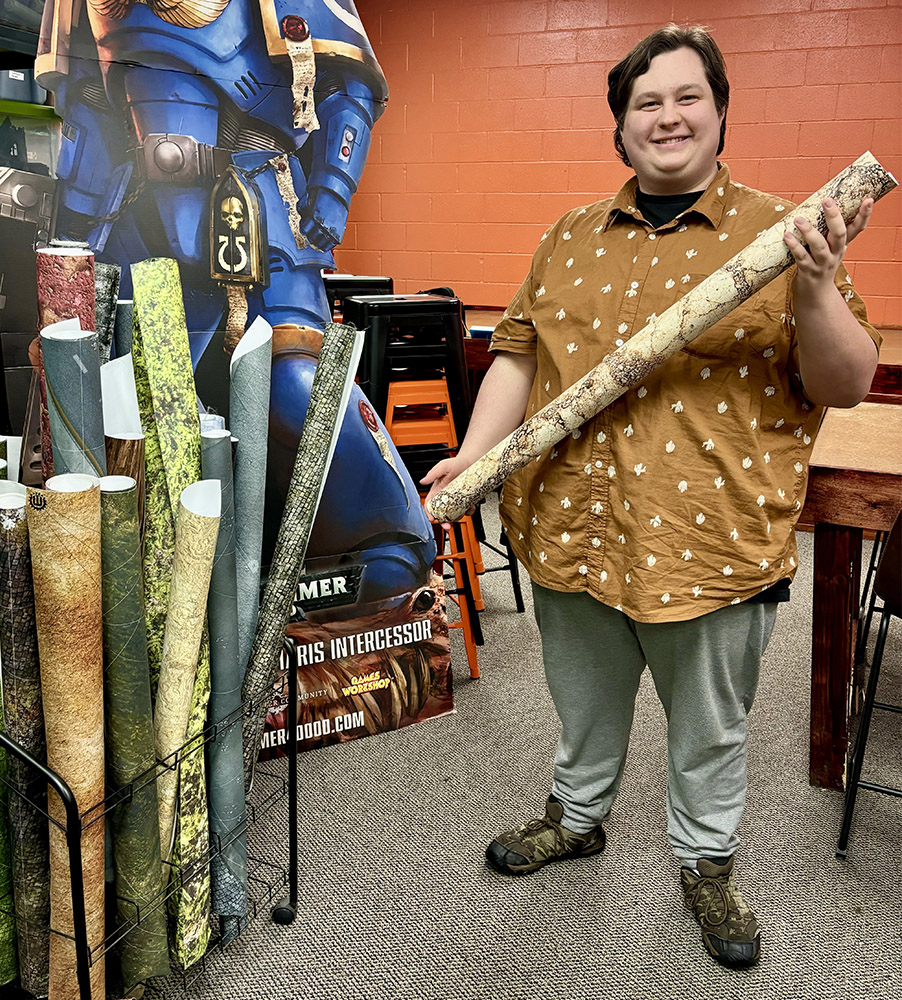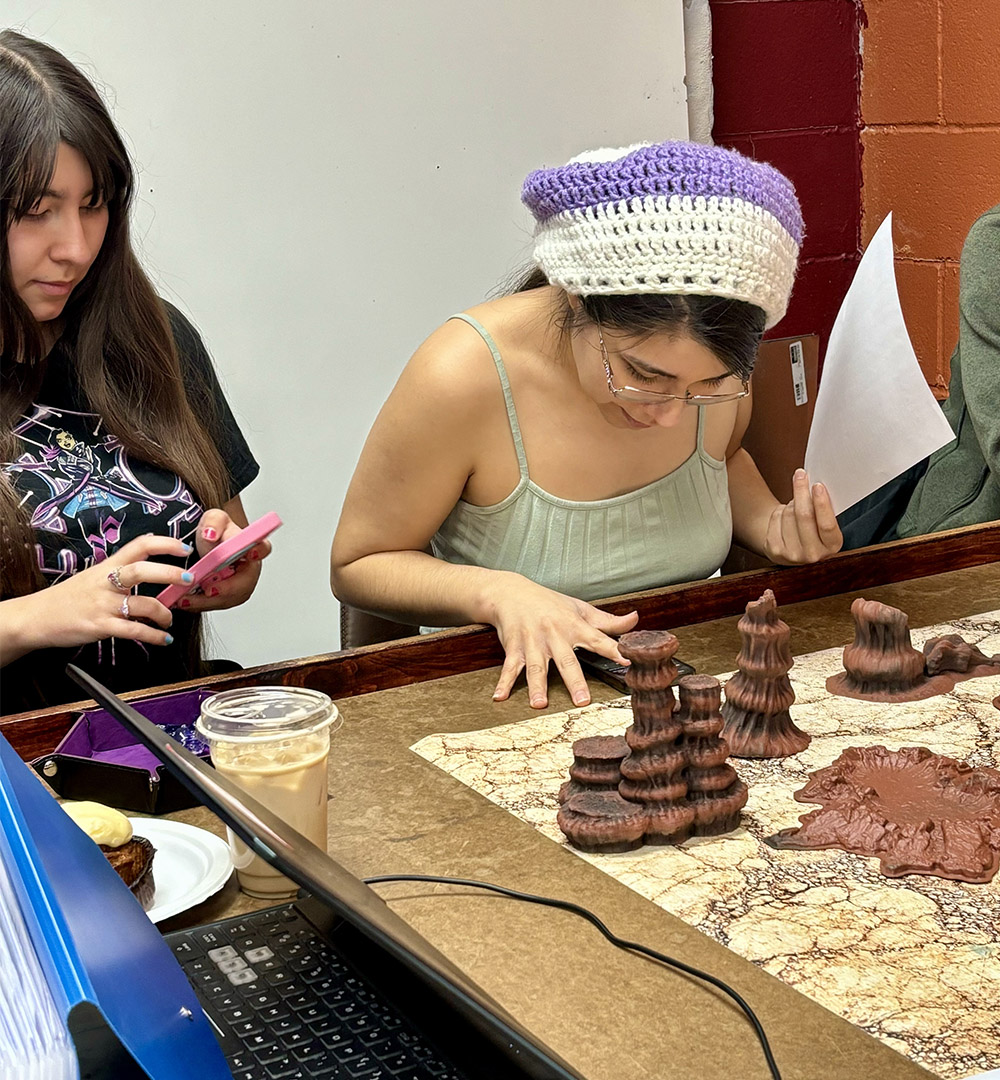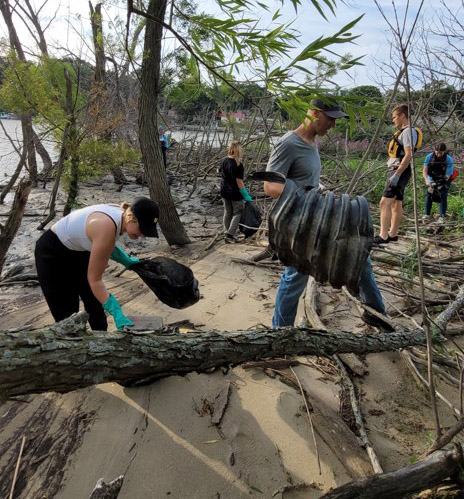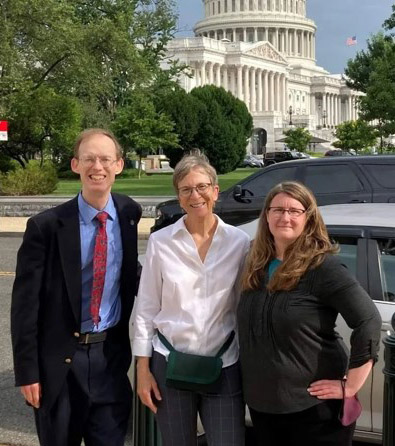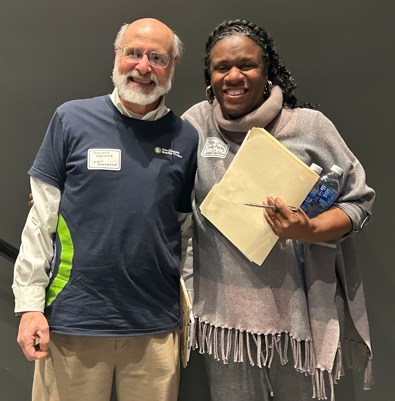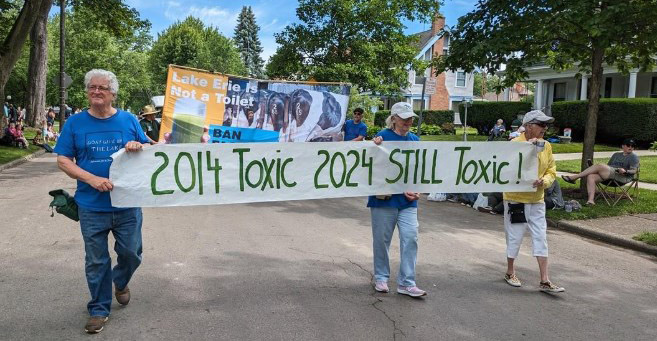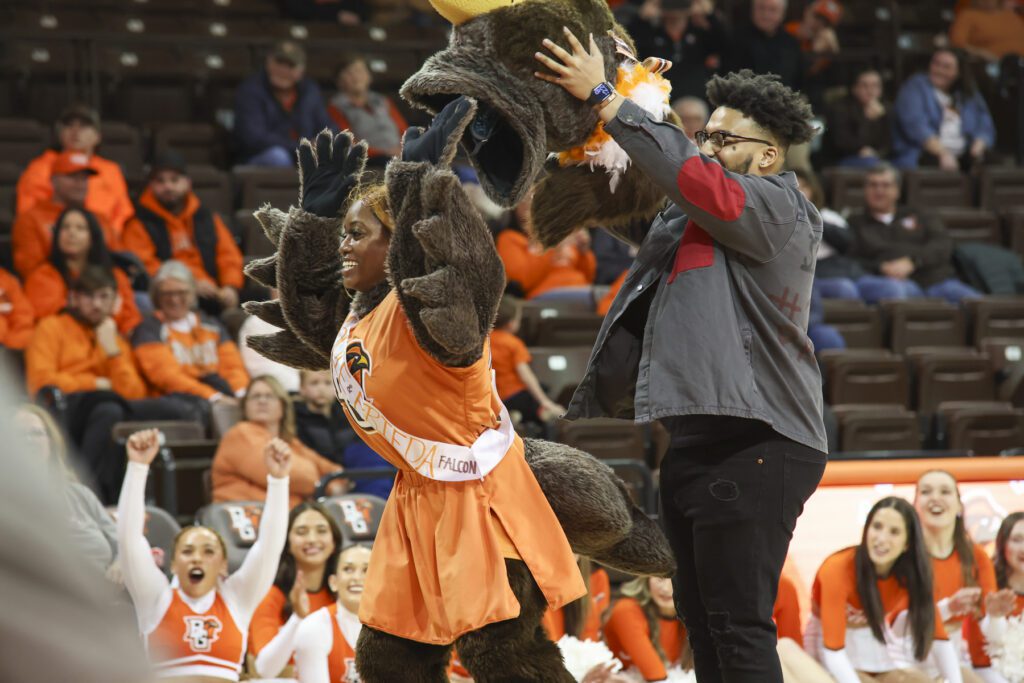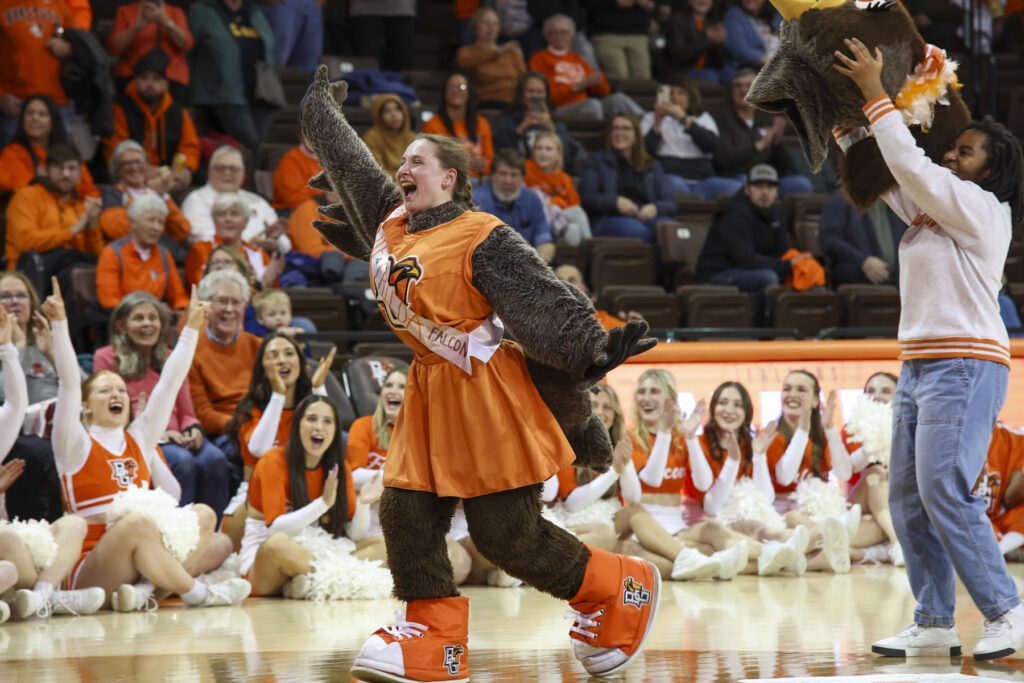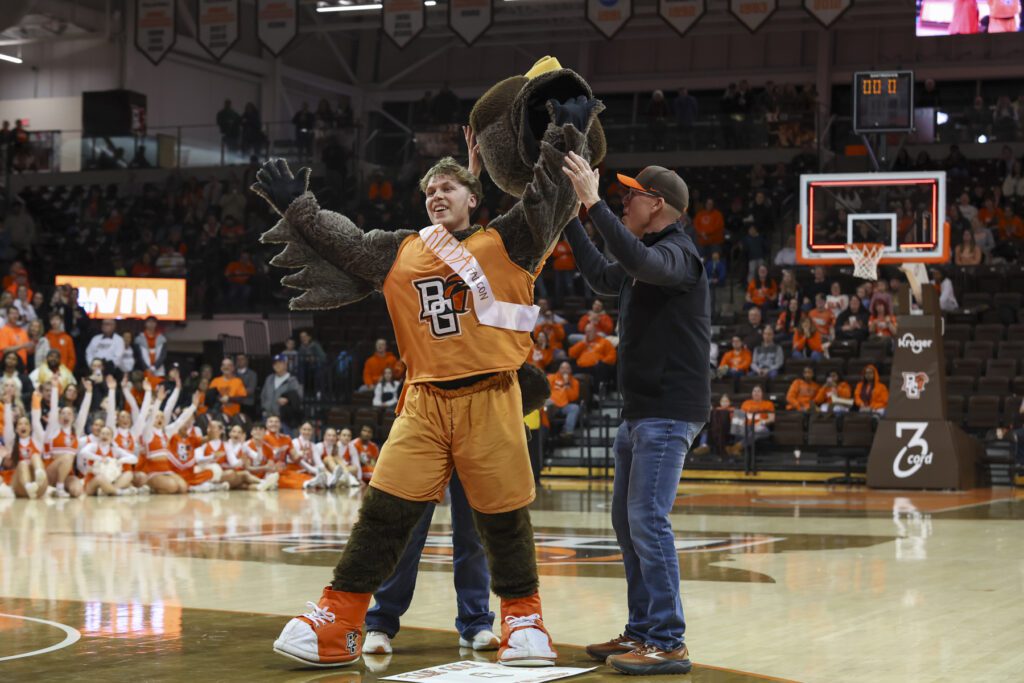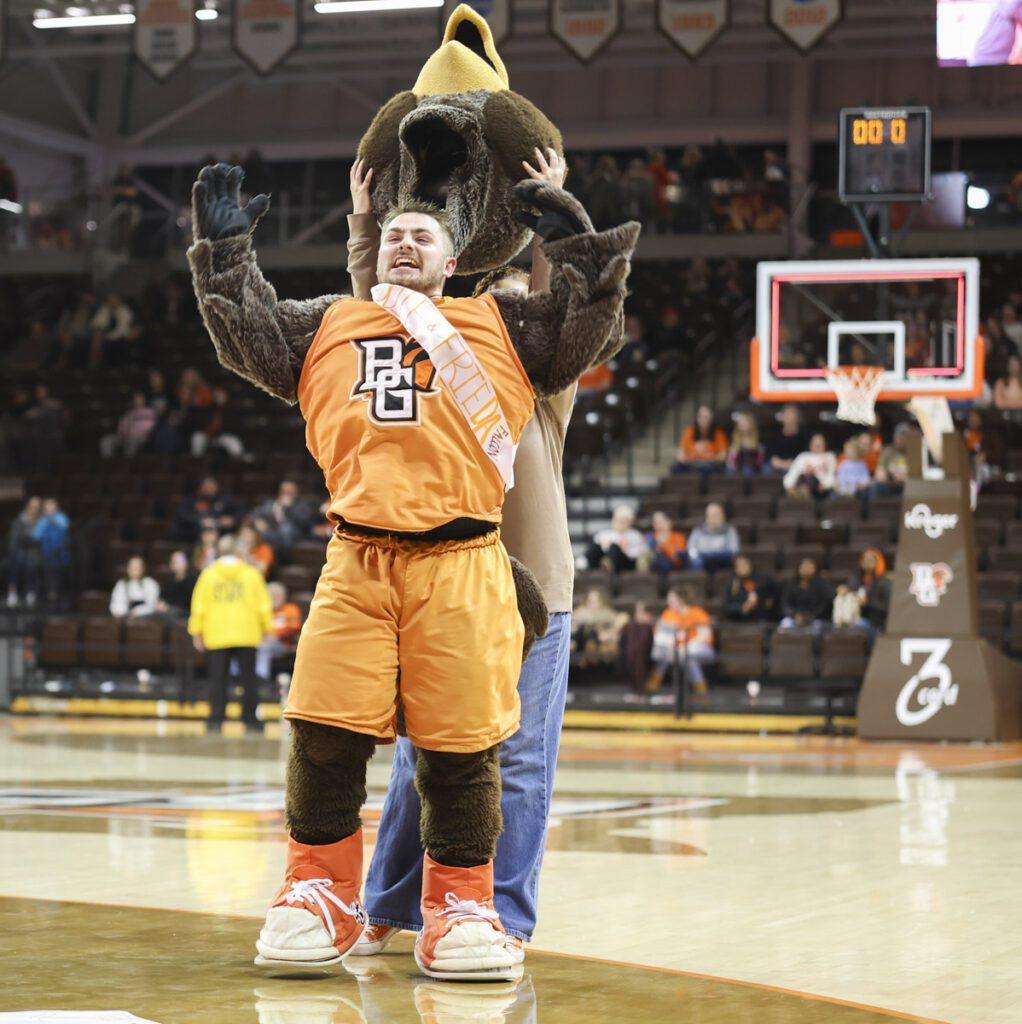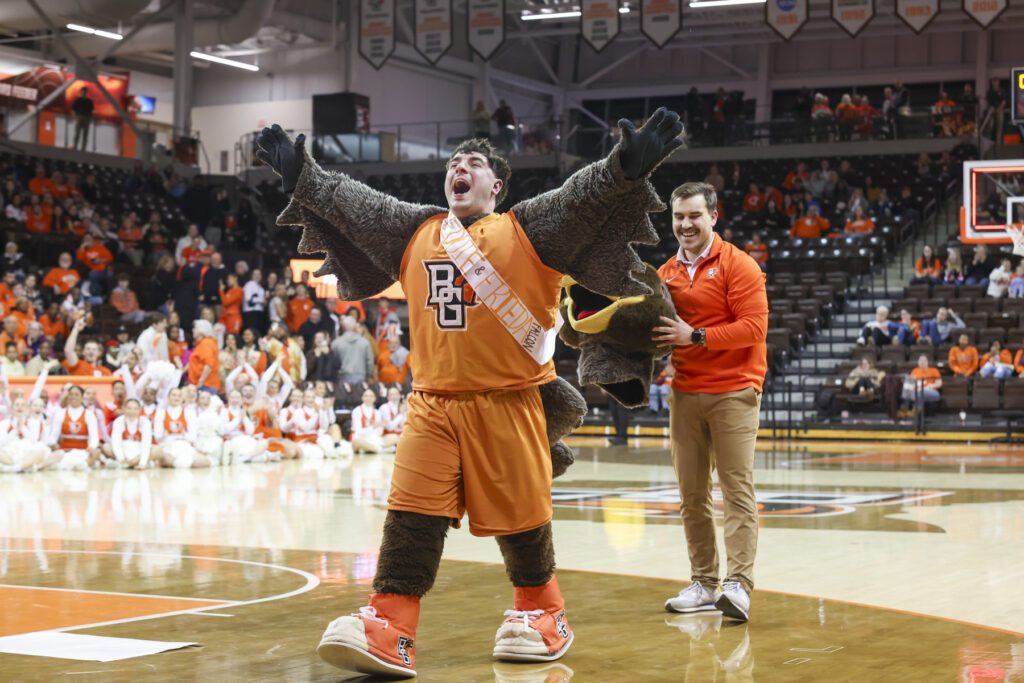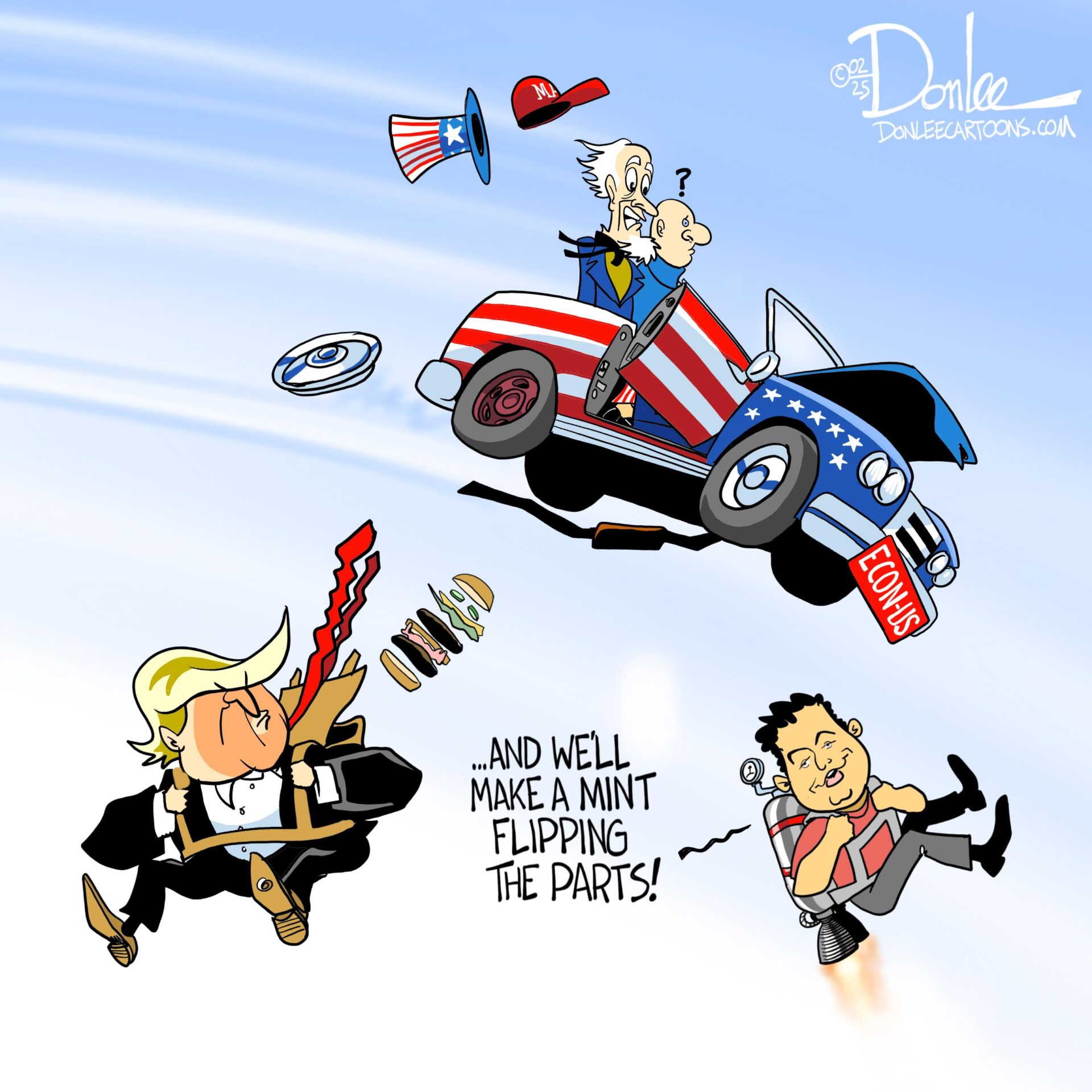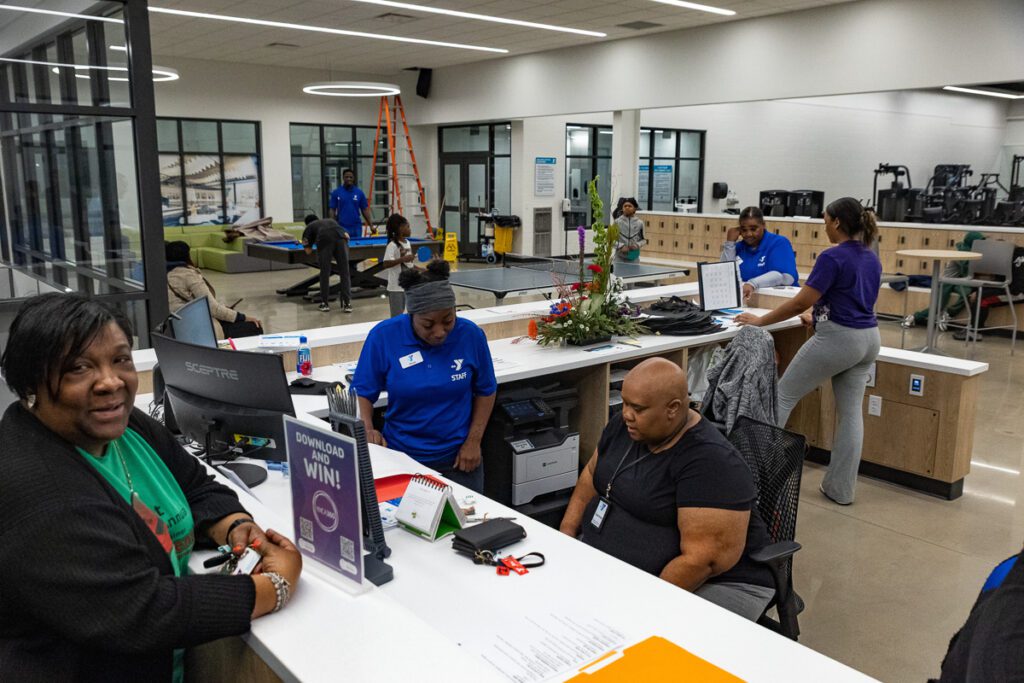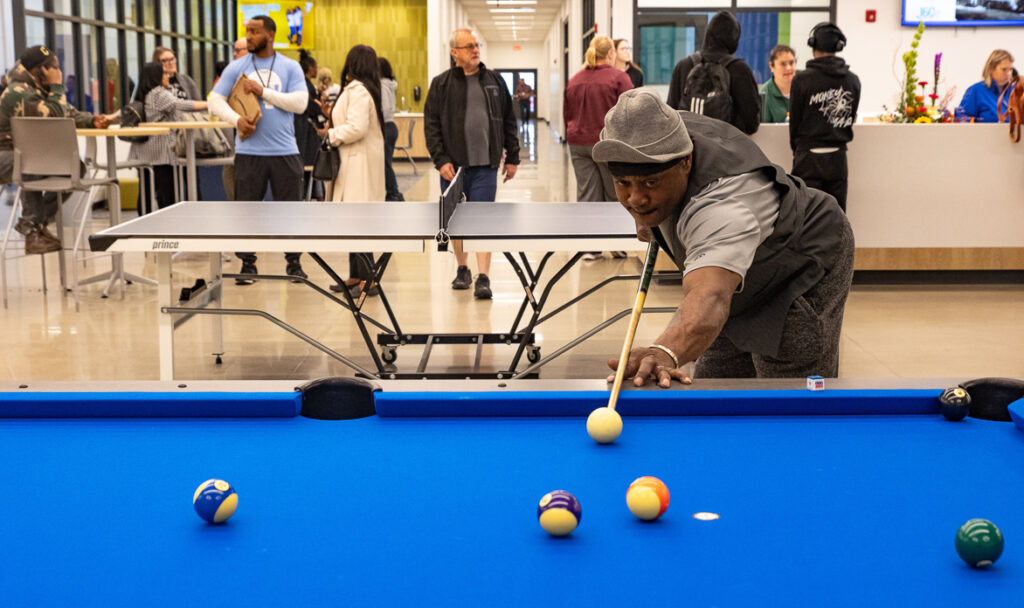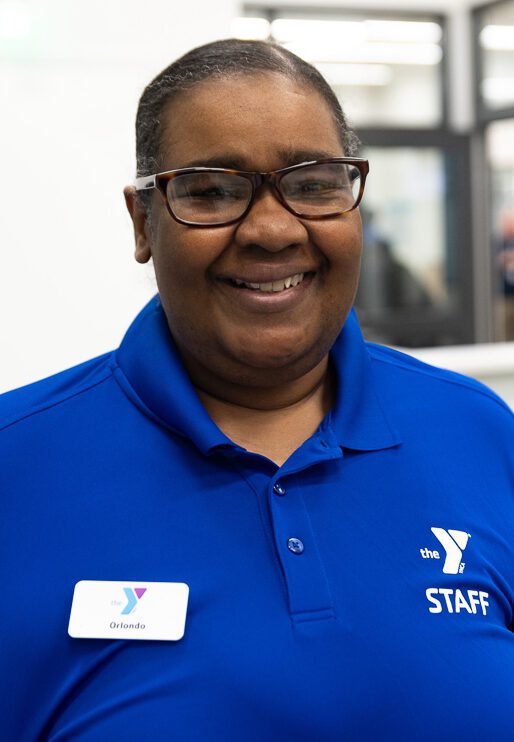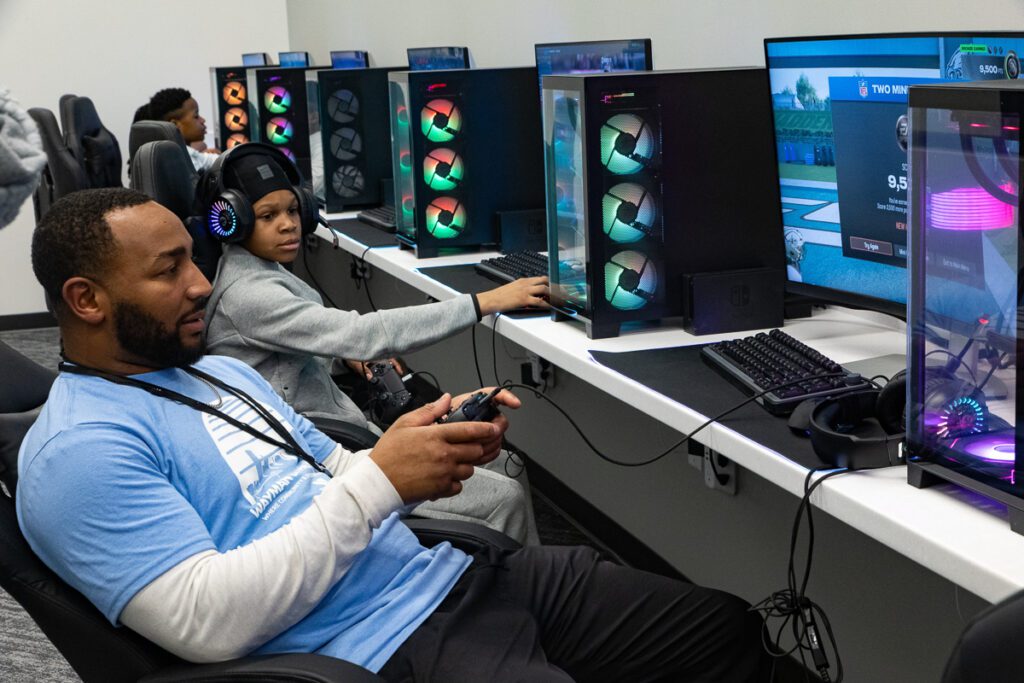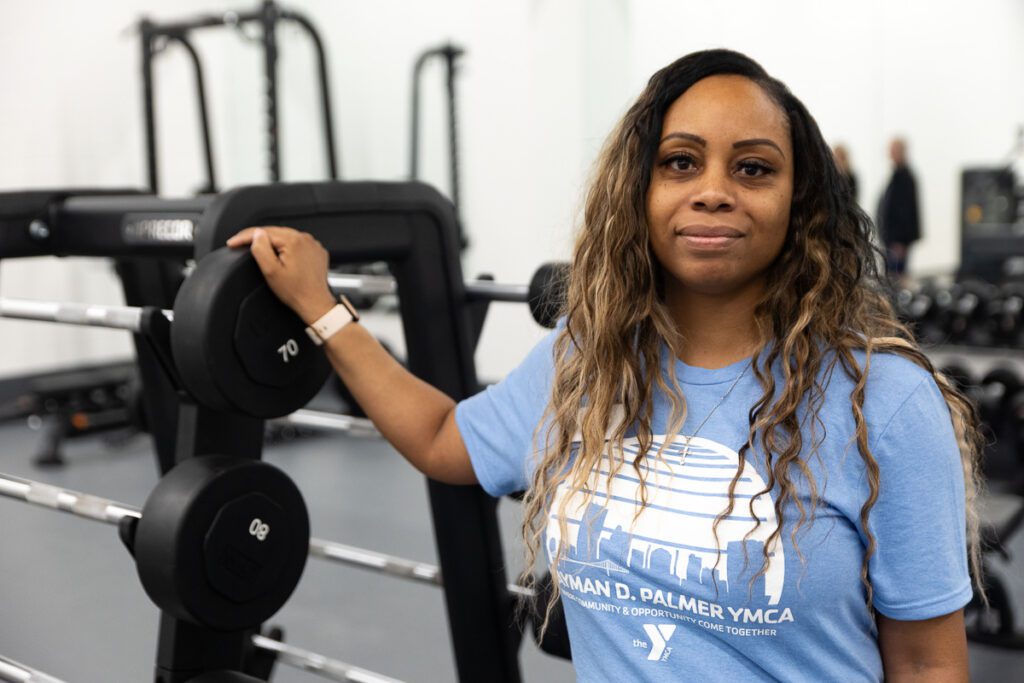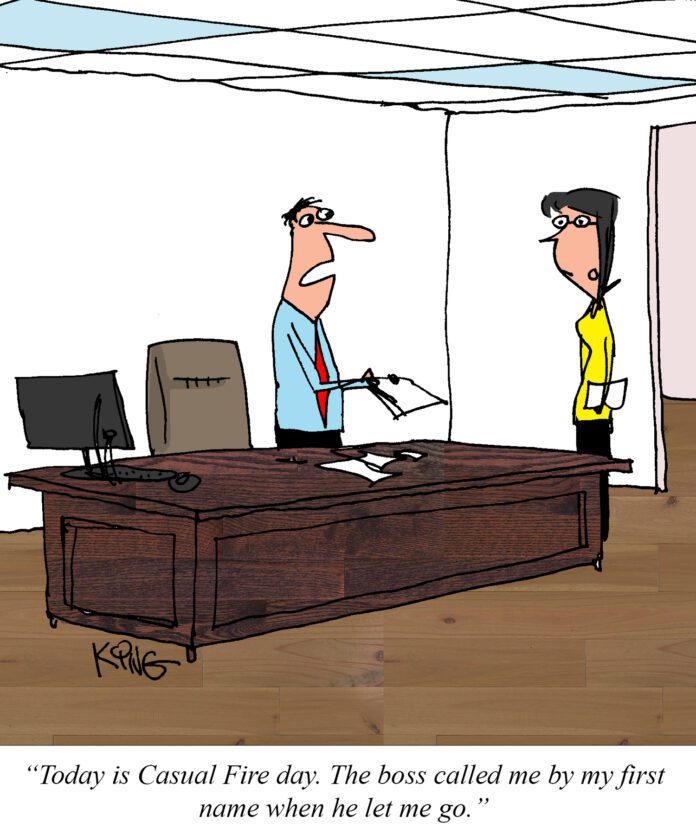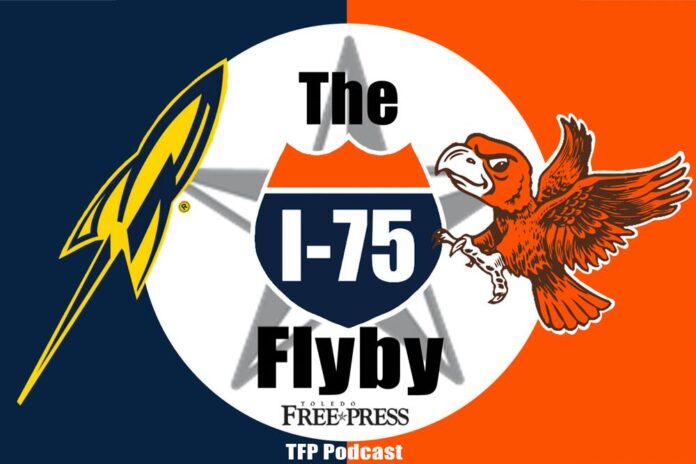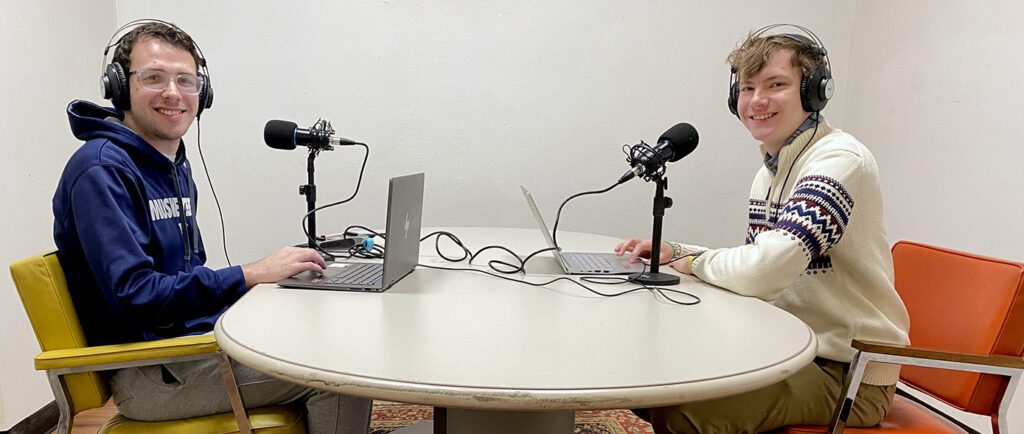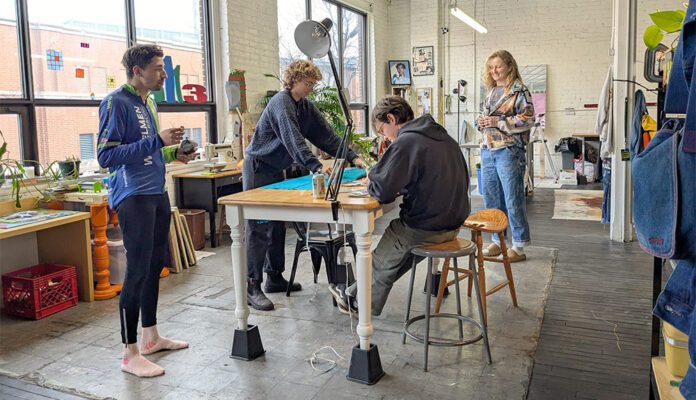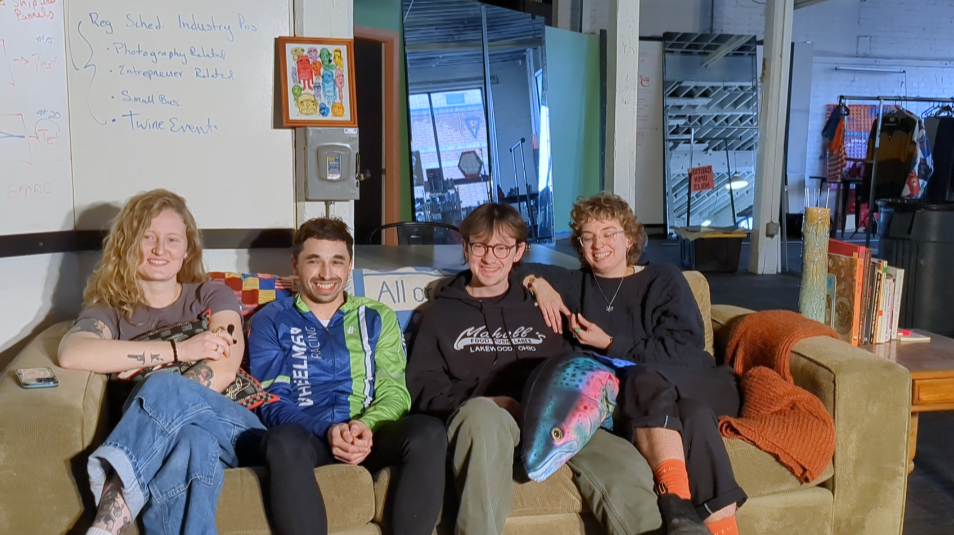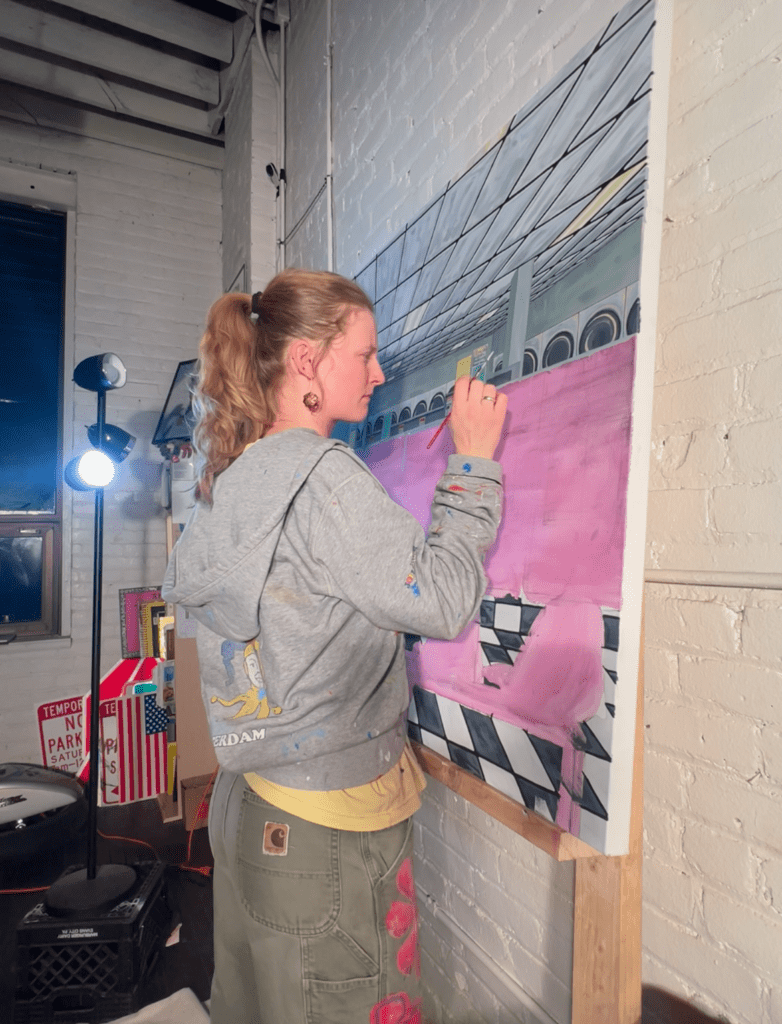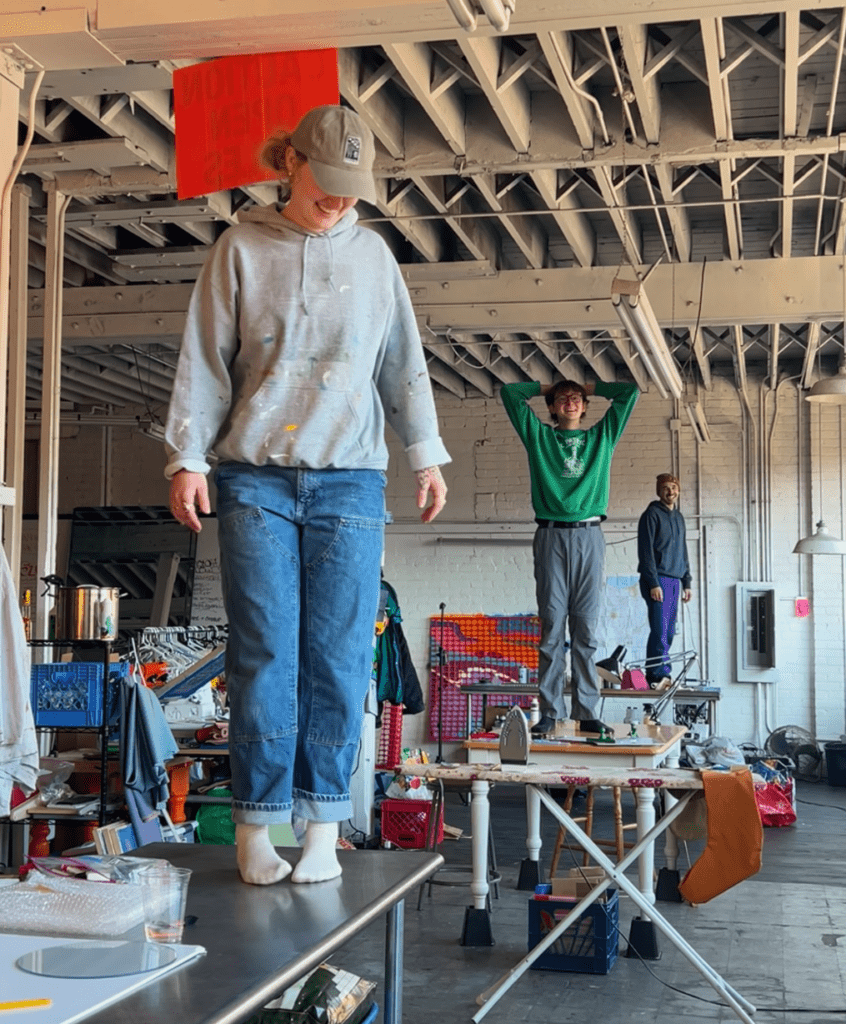Confident of his achievements so far, Toledo Mayor Wade Kapszukiewicz topped off the end of his State of the City Address with an announcement that he was running for a third term.
A third consecutive mayoral term wasn’t even an option until November 2024, when Issue 9 passed, amending Toledo’s charter to allow three consecutive terms for the strong mayor position.
“We’ve done a lot, we’ve made progress, but there is more that we can do together and that is why tonight I am formally announcing my candidacy for mayor,” he declared as he stood in an industrial zone on the 13th floor of the Tower on the Maumee in downtown Toledo on March 5.
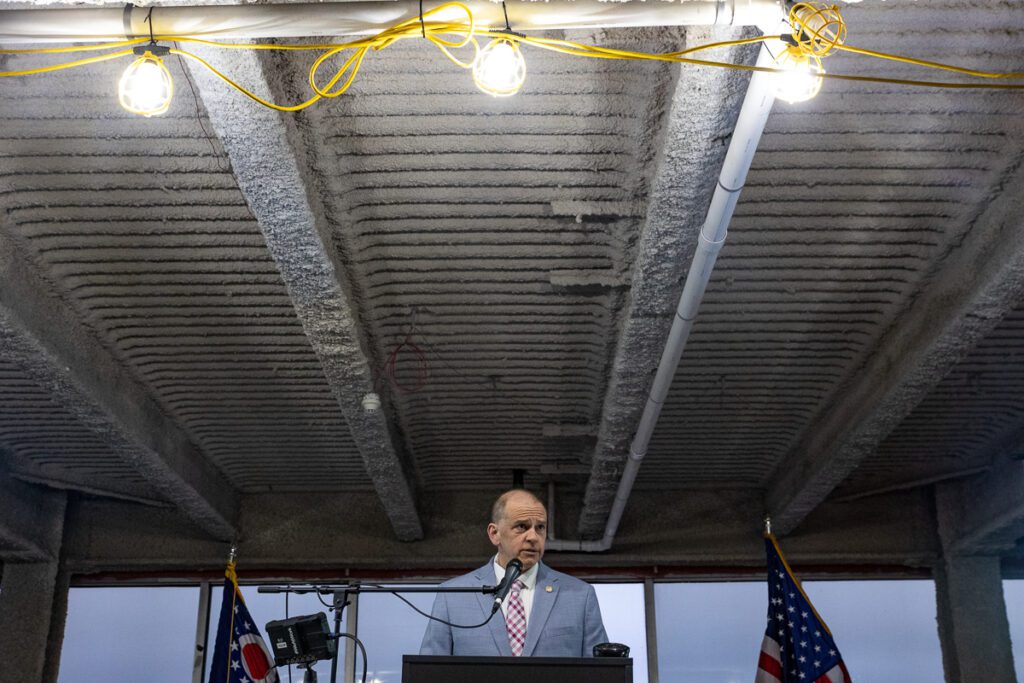
Four success points
Toledo Mayor Wade Kapszukiewicz funneled his successes over his first two terms into four major categories, citing them as progress in Toledo since he took office:
1. Public Safety
a. Declining crime rates
1. Expanded police
2. Mayor's Office of Neighborhood Safety & Engagement (MONSE)
2. Economic & Community Development
a. Site Selection Magazine has placed Toledo in the top 10 places in the nation for
business investment for year
b. The completion of the new Wayman D. Palmer YMCA
c. Riverwalk and Glass City Metropark
1. Completion of the Metropark has brought in people from surrounding
areas.
2. The Metropark has already facilitated growth in the surrounding neighborhoods
d. Toledo Pickle has opened in the Vistula neighborhood
e. Revitalization of the Jefferson Center.
3. Infrastructure
a. Improved roads
b. All lead water-lines should be removed by 2026.
4. Financial Stability
a. Increased bond rating for the city of Toledo
b. An increased savings in the "rainy day fund" from $4 million to $60 million.
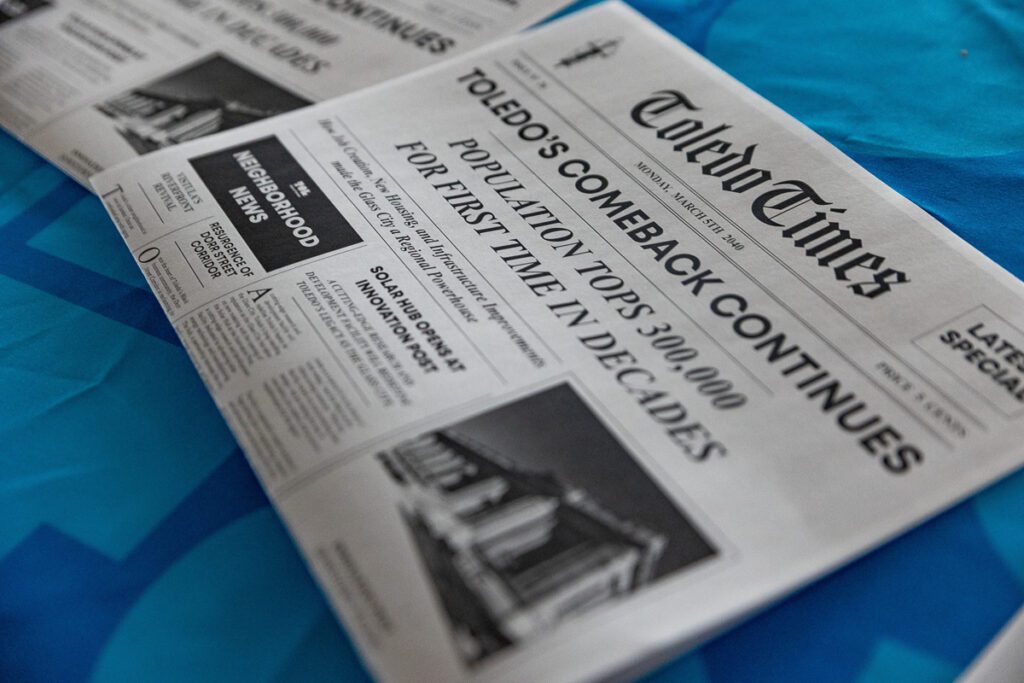
Kapszukiewicz ended his address by vision casting about growing Toledo’s population again, which would raise the city’s revenue without raising taxes.
“It is time for Toledo to grow,” he said. “If Detroit can grow, it is time for Toledo. There’s no more excuses.”
Identifying lack of available housing as part of what was perpetuating Toledo’s population decline, Kapszukiewicz said “there is a demand for housing in Toledo,” and referenced a Housing and Community Development report.
He noted that the 2021 housing study identified a current need and a demand for 10,000 additional units of housing.
Kapszukiewicz cited Toledo’s 30 percent vacancy rate as far above the national average of 20 percent, and showed a picture of the Franklin Park Mall with the caption, Downtown vacancy greater than size of Franklin Park Mall.
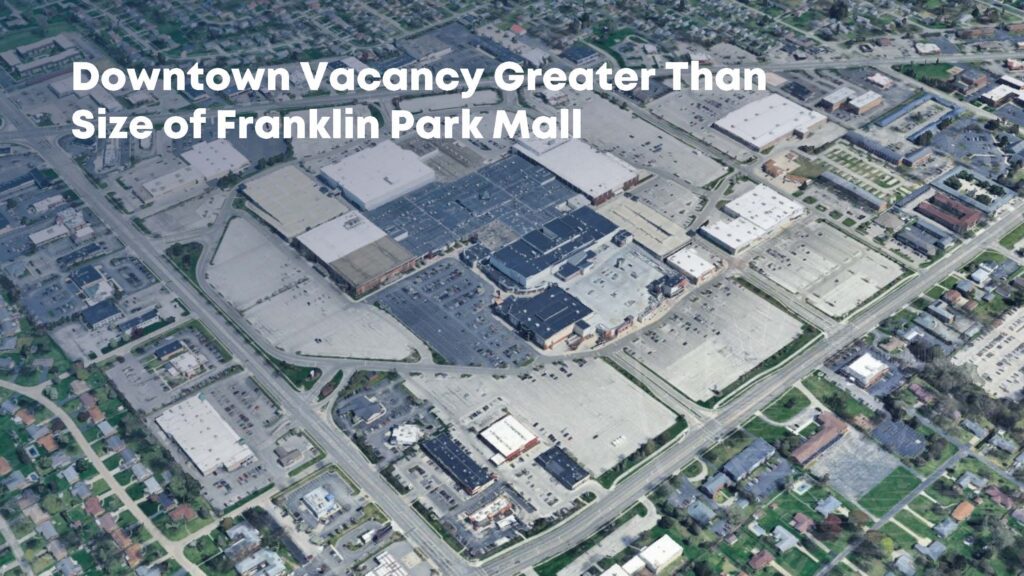
“So, you can think of the core of our city as having two Franklin Park malls’ amount of [vacant] space,” he said. The study reported about 3 million square feet of vacant space in downtown Toledo.
“We have the ability to solve both problems at once if we can do a better job converting spaces like this,” Kapszukiewicz said, referring to standing up on the 13th floor of the Tower on the Maumee.
“That is what Nick Eyde is doing in this space. It used to be office space. It’s going to be a place where people are going to live,” he said.
Kapszukiewicz said he and Toledo city council were working on a proposal that would put about $25 million towards revitalizing historic sites in the same way the city helped restore these formerly vacant buildings: The Hillcrest, Commodore Perry and the LaSalle.
Toledo city council member at-large Mac Driscoll commented after the mayor’s address that “we absolutely have to build more housing in the city Toledo.
“If we’re not growing, we’re not going anywhere as a region. We’re not going to get second looks from an economic development perspective if we don’t have the population. We [have]-got to grow our tax base,” Driscoll said. “There’s things we can’t do because we don’t have enough taxpayers in the city, so we have got to build more housing in the city of Toledo in order to grow our population.”
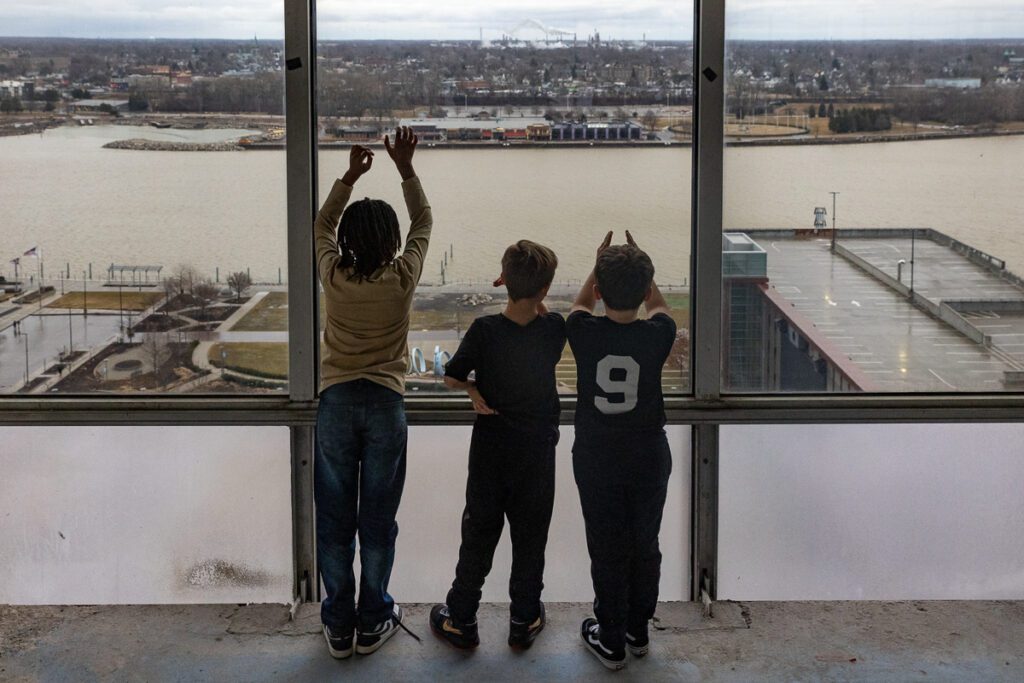
Paul Komisarek, chairman of political development for the Lucas County Republicans, criticized Kapszukiewicz, saying the mayor used the State of the City Address to campaign for his third term.
Komisarek expressed dissatisfaction with Kapszukiewicz’s ability to attract economic investment into Toledo.
“What economic development has improved all the wonderful individual neighborhoods in the City of Toledo?” Komisarek asked, as he questioned Kapszukiewicz’s past two terms.
